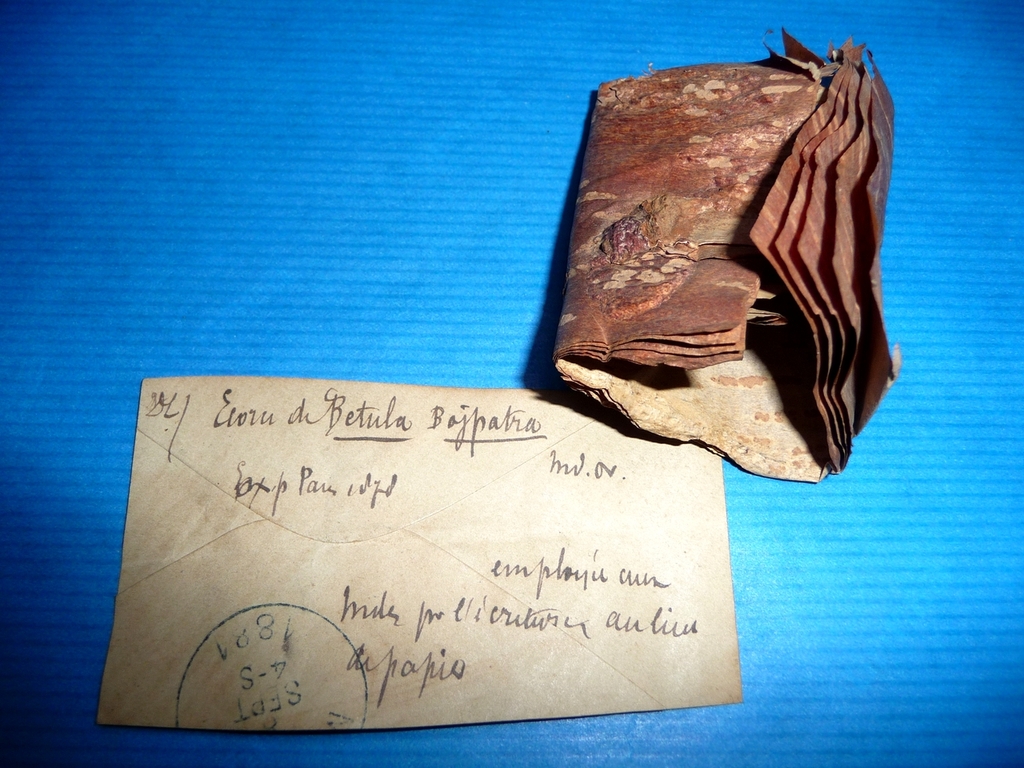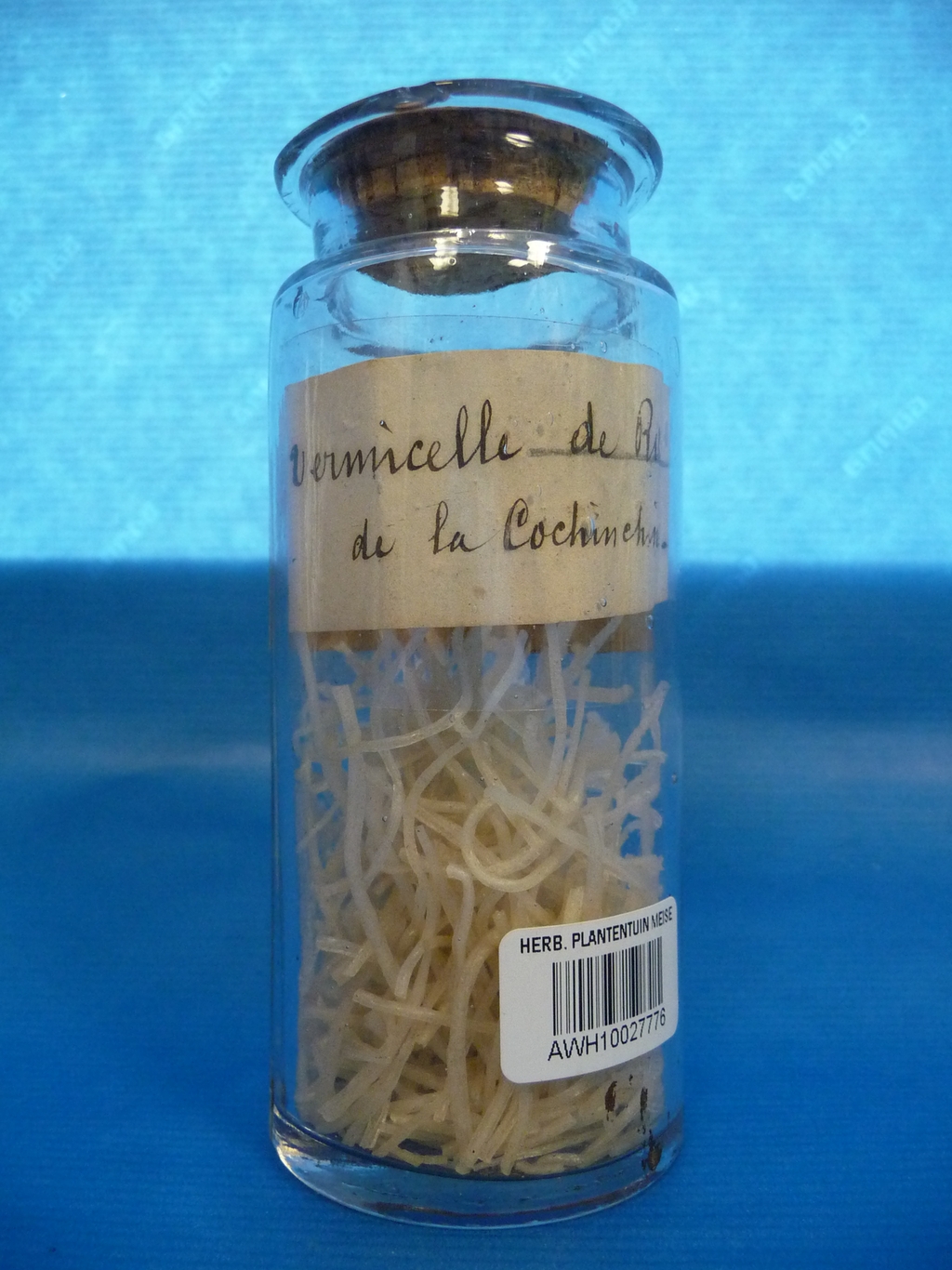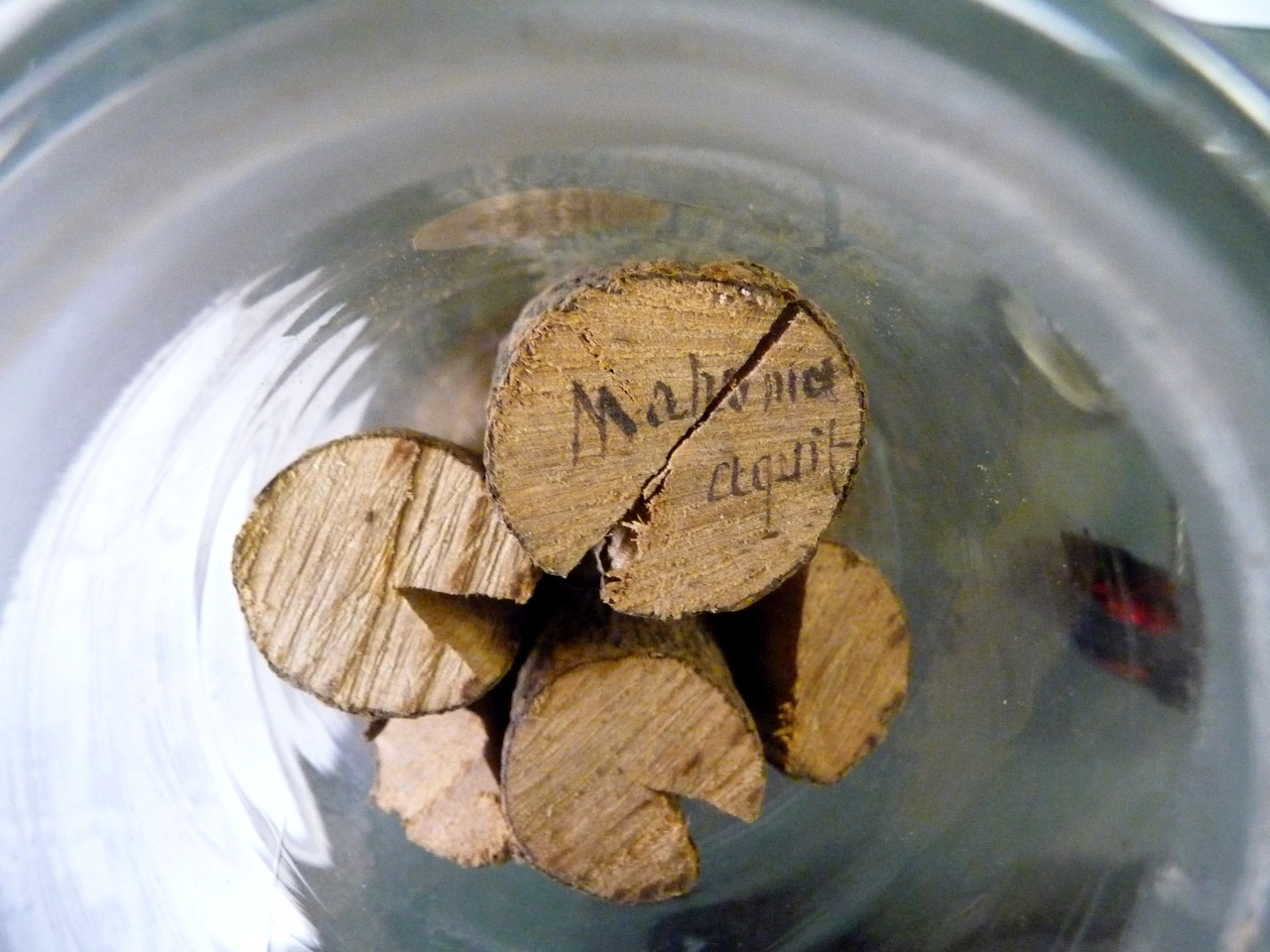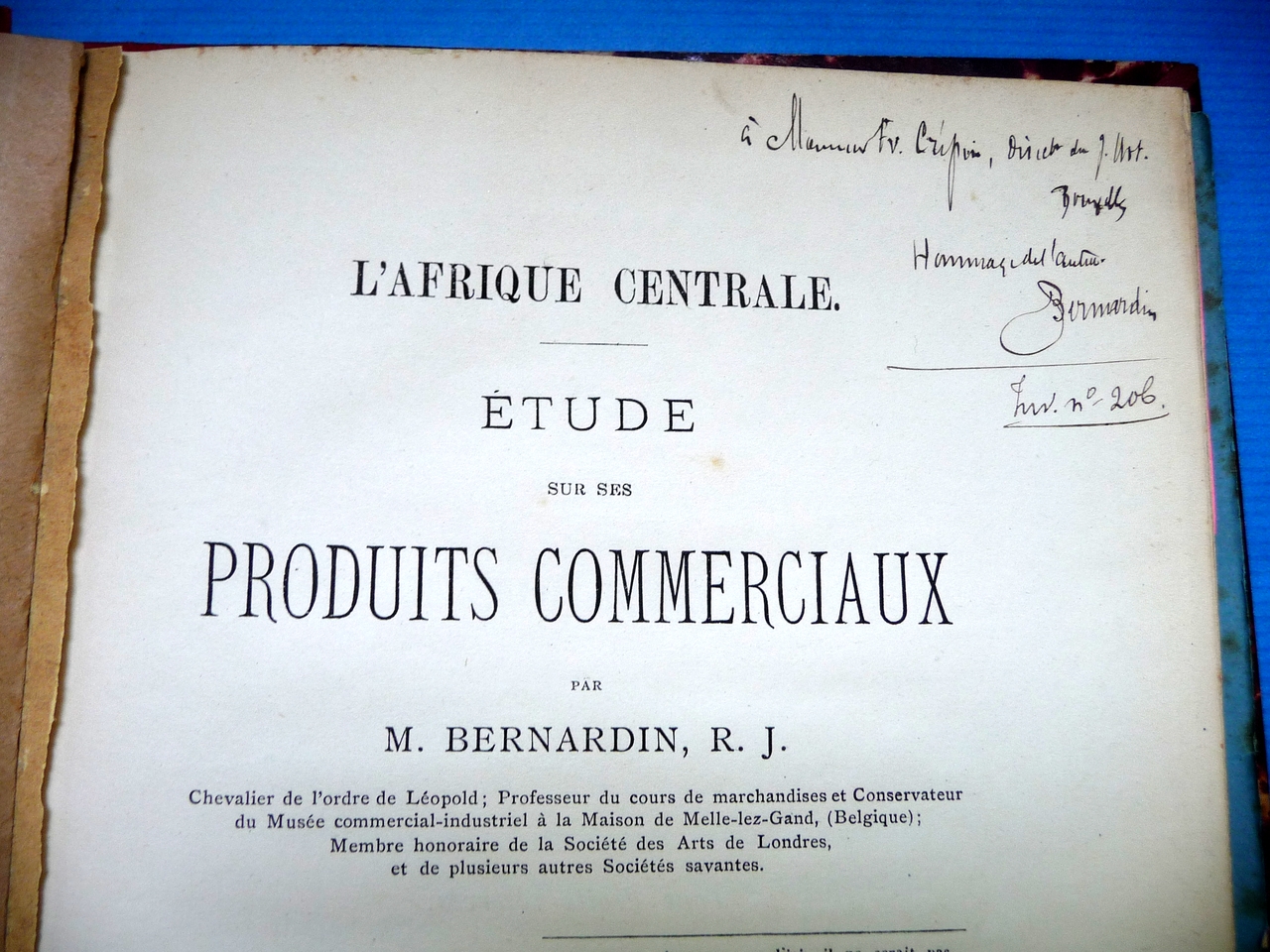[Science news] - Monsieur Bernardin in the economic botany collections of Meise Botanic Garden
The herbarium of Meise Botanic Garden houses the extraordinary drug collection of Bernardin, jozefite at the internationally renowned House of Melle – now College of Melle – from 1838 to 1889. Bernardin taught courses in merchandise and natural sciences and established several museums to complement the practical classes. The museums and his publications became his life's work and brought him world fame.
To date, some 140 specimens have been traced that originated in Bernardin's commercial museum; they include wood, medicinal and food plants, fats, gums, resins, tannins, fibers and paper.
With the compilation of these specimens, archival letters and publications, a piece of history from 1854 to 1888 has been retraced.
Bernardin already maintained contacts with Édouard Bommer, Alfred Cogniaux and François Crépin at the time of the Society of Horticulture and later the State Botanic Garden in Brussels. The World Fairs (London 1862, Vienna 1873, Paris 1867 and 1878) offered him the ultimate opportunity to discover and research unknown products from faraway places. In addition, his international network of scholars and former students was crucial.
His unique notes on the specimens catapult us back into a time of exploration, scientific research and industrial development.
Bernardin's specimens and publications are now references for documenting economic botany in natural history collections in a variety of areas (vernacular and scientific names, area of origin, use, quality, contents).
 |
 |
| Paper-thin bark of “Betula bhojpattra”, used as writing paper in India | Rice vermicelli from Cochinchina |
 |
 |
| Wood sample of Oregon grape (Mahonia aquifolium) with species name on cross section | Publication signed for François Crépin |



